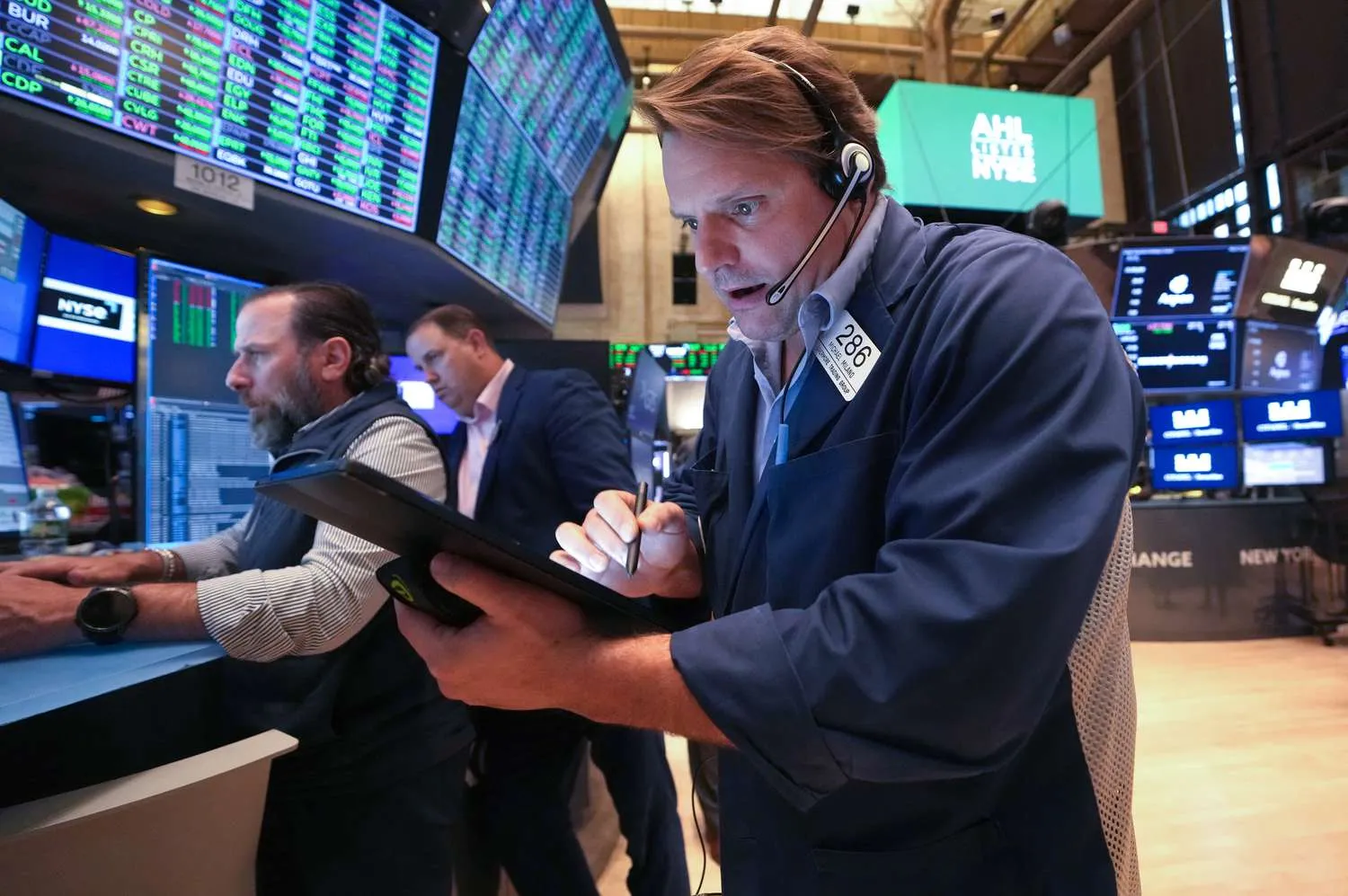The return of meme stock mania has left professional investors facing a dilemma: should they join the wave of retail enthusiasm or see it as a warning that markets may be overheating and ripe for a correction? Stocks like Opendoor Technologies and Kohl’s Corp., which were swept up in last week’s surge, have since surrendered some of their gains. However, many are still trading at multi-month highs.
Meanwhile, the broader markets—including the S&P 500 and Nasdaq 100—are at record levels, having recovered sharply from the early April decline triggered by President Donald Trump’s tariff announcements.
There are signs that investor caution is fading. Margin debt—the money investors borrow to buy stocks—on the New York Stock Exchange has reached a new high, surpassing even the levels seen during the tech bubble, according to data from the Financial Industry Regulatory Authority. This suggests increased risk-taking and confidence in continued gains. However, cracks are beginning to show.
The recent meme stock rally faded quickly, and Bitcoin, often a barometer of speculative appetite, has dropped from its record highs. On Wall Street, trading desks are recommending clients buy discounted hedges to protect portfolios from potential downturns.
Valuations also suggest a frothy market. The S&P 500 is currently trading at about 23 times projected earnings—well above the 10-year average of 18—indicating that stock prices may be stretched. “I’m seeing it and just starting to tuck my horns in a little bit,” said Eric Diton, president and managing director at Wealth Alliance. “I’m bullish long-term, but in the short term, I’m cautious. We’re overdue for a pullback given all the speculation.”
Some market analysts are drawing comparisons to the infamous meme stock surge of January 2021, when GameStop and AMC Entertainment captivated global attention. That rally, driven by retail investors flush with stimulus checks and time during COVID lockdowns, followed a strong 2020 market but still gave way to even more gains in 2021. The S&P 500 rose 27% that year before tumbling 19% in 2022—its worst annual performance since the financial crisis.
Victor Haghani, CIO of Elm Wealth and co-founder of Long Term Capital Management, warned that bull market enthusiasm often runs until it abruptly ends. “We know we’re in it, but this doesn’t tell us if we’re close to the end or not. The question is when, not if, the market corrects to a more reasonable level,” he said.
Last week’s trading echoed 2021’s frenzy as retail investors piled into small-cap and heavily shorted stocks, fueled by the increasing popularity of zero-commission trading and short-dated options. The scale was massive—Opendoor alone saw 1.8 billion shares change hands on its busiest day, making up nearly 10% of total U.S. stock market volume. By comparison, at the peak of the GameStop craze, around 800 million shares traded in a single day, despite both stocks starting from similarly low volume levels.
Still, the context this time is different. The excitement dissipated more quickly, and the macroeconomic environment has shifted. Interest rates are significantly higher than in 2021, although many investors expect the Federal Reserve to begin cutting rates later this year. If that happens, the rally could gain additional momentum.
“We’re at a point now where even though valuations are high, the Fed is expected to cut rates, which could push valuations even higher,” said Don Calcagni, chief investment officer at Mercer Advisors. He noted that lower interest rates often support higher equity prices.
Despite tariff concerns earlier in the year, trade negotiations have mostly concluded on more favorable terms than initially expected. Inflation appears under control, and corporate earnings continue to grow, further supporting investor optimism.
Alec Young, chief investment strategist at Mapsignals, acknowledged that the meme stock surge is unsettling but believes investors shouldn’t overreact. “Markets don’t respond to good or bad—they respond to better or worse. And lately, on trade news, every deal has turned out better than what was priced in back in April,” he said.
Of course, risks remain. If the Fed delays rate cuts or if inflation, tariffs, or other headwinds intensify, markets may face a serious reassessment. “That’s when the market will really have to pause and reevaluate,” Calcagni noted.
Still, most strategists believe a minor pullback could be a healthy correction rather than a sign of deeper trouble. It might even offer buying opportunities. “I’d view any near-term pullback as very buyable given the current environment,” said Ross Mayfield, investment strategist at Baird.
In summary, while meme stocks are once again grabbing headlines, the broader story is one of cautious optimism. Investors are riding high, but the potential for volatility remains.

Subscribe to our newsletter!
As a leading independent research provider, TradeAlgo keeps you connected from anywhere.








